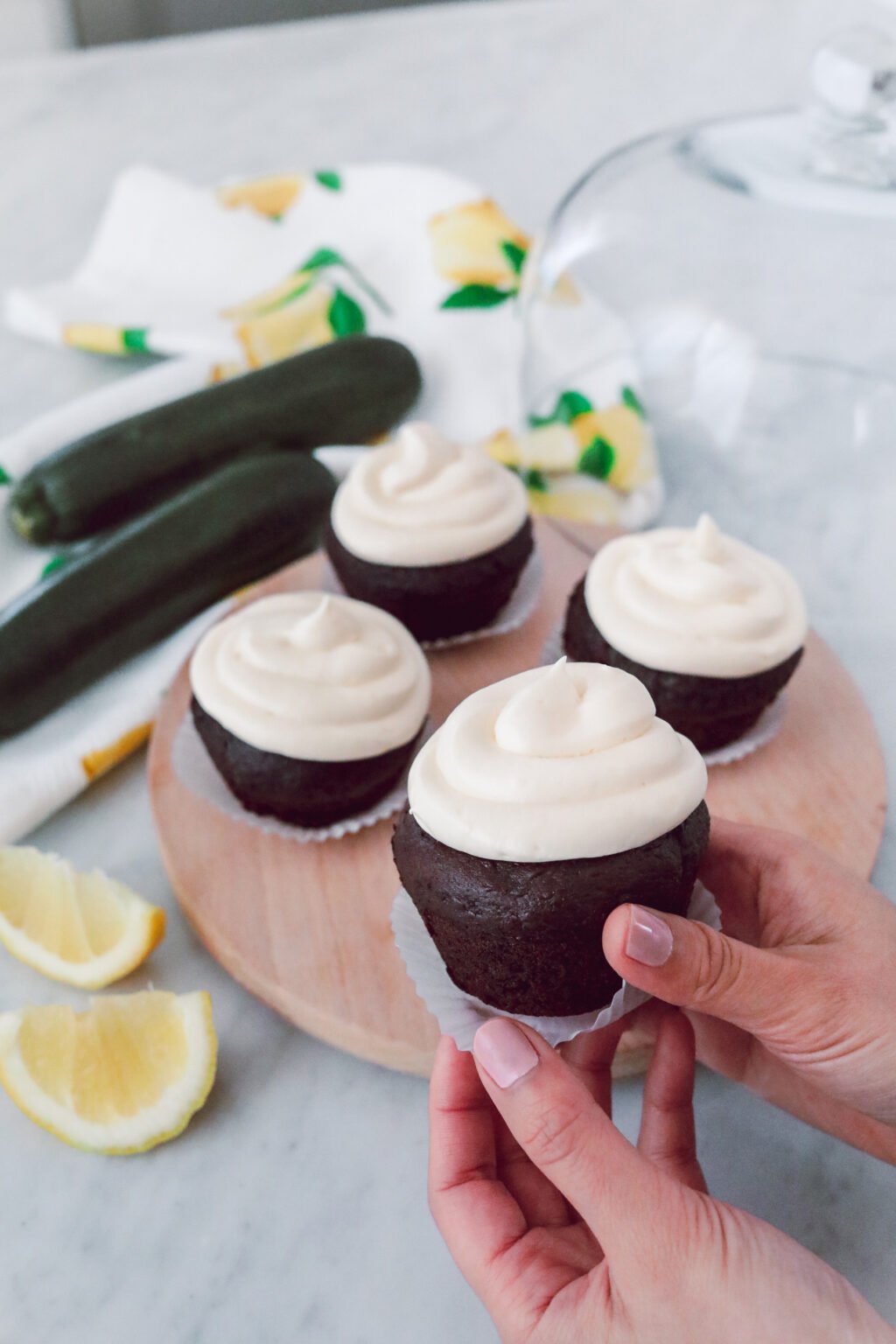
I know this post will be irrelevant to many, but as an allergy parent I really appreciate reading others’ experiences (and find it comforting in a way) and wanted to share a little more about ours. Managing food allergies is a big part of our daily lives and feels overwhelming at times, but the knowledge shared from this online community helps so much!
Our kids have a few different food allergies at varying levels of severity, so we often modify dishes to suit their needs. Whenever I share our cooking on IG, egg seems to be the most common one that I get questions about. With the holiday season here and many baked goods containing egg, I wanted to start with this one!
How did you find out about your kids’ egg allergies?
Our older child (daughter) had severe eczema as an infant, so the pediatrics protocol at the time 5 years ago was to do a blood test for food allergies, then eliminate foods from both the child’s and breastfeeding mother’s diets. You can see my older posts on managing eczema and some of the eczema-friendly products we use.
At 6 months old her blood test was positive for dairy, peanut, tree nut and egg allergies along with sesame – we knew that last one was a false positive since we’d given her sesame foods a few times already without issue. As she got older her doctor also did annual skin tests plus a dairy food challenge a year ago, all of which confirmed her allergies to dairy (anaphylactic), nuts, and egg.
Our second child (son) also had severe eczema as an infant, so the recommendation was to do a skin test on him around 6 months old before introducing solid foods. Instead of testing for a broad array of common allergens, his doc recommended we limit the test for just egg, dairy, and the nuts that older sis is allergic to. His skin test results came back positive only for an egg allergy.
Allergy skin test vs blood test?
A blood test is where they draw blood and do a panel testing for antibodies levels in response to common allergens. A skin test is done by pricking the skin with a tiny amount of an allergen, and observing any hive/welt that appears as a result.
Neither of these are particularly pleasant for a kid and both can result in false positives. In our experience, allergists sometimes do both as collective methods to confirm allergies and the level of severity. The general recommendations on whether to test, which test to do and what allergens to test for has changed over the years, so as always check with your doctor!
What is the Egg Ladder?
After reviewing our kids’ allergy test results, our allergists gave us a fairly generic printout regarding the egg ladder and how to introduce baked egg at home. The purpose of following this “ladder” of sorts is to hopefully help build tolerance of the allergen at home.
You start at the bottom rung of the ladder, with a small amount of a food (such as cake) containing the allergen mixed with other ingredients and baked in the oven for a very long time.
Once your kid demonstrates that they can consume that type of baked allergen for a few months on a regular basis without any symptoms, your doctor may advise you to move on to the next category on the ladder. This might be a cookie containing egg that’s baked for less time than the previous cake. You progress this way gradually before reaching the very top category: eating the allergen food in its purest and least-cooked form, like a sunny side up or soft boiled egg.
We were told that the majority of egg allergies in kids relate to just egg whites and not egg yolk. And that by baking / heating it up extensively, it breaks down the part of the egg white that usually causes a reaction in those who are allergic.

Can your kids now eat eggs?
Over the past two years, both our kids have gradually progressed along the egg ladder starting with well-baked cake and muffins, to pancakes, pasteurized mayo and eventually french toast.
We got as far as trying a small sliver of hard boiled egg with our daughter, but she had a reaction which was scary for all involved, so we went back down on the egg ladder and haven’t pushed it again. So for now, both kids can eat many foods containing egg as a cooked ingredient, but not egg by itself.
Best egg substitute for baking?
We’ve experimented with several egg substitutes, and a flax egg (popular amongst vegan recipes) was our go-to for baked goods. Just keep in mind it doesn’t have the leavening properties of an egg, so recipes with baking powder or soda will usually work best when using this sub. We always kept ground flaxseed on hand to whip up this easy substitute whenever needed.
Other easy substitutes are either 1 mashed banana OR ¼ cup of applesauce to replace 1 egg in a recipe. Nick is our resident baker and he preferred the flax egg since it adds less banana flavor, and the gooeyness of the flax egg seemed to “bind” a little better than applesauce.
Note: we’ve only used substitutes for recipes calling for up to 2 eggs, and are not sure how these would work for recipes calling for more eggs than that.
Best egg substitute for other dishes?
We wanted to expose our kids to the texture of common egg dishes, so that when they’re hopefully able to eat it they would be somewhat familiar.
Just Egg is the best egg substitute we’ve tried in terms of how super similar the texture is to actual egg. It comes in a bottle in liquid form in the refrigerated section at groceries, and we’ve used it pretty successfully as a sub in scrambled, frittatas, omelets – even the Chinese comfort dish of stir fried egg & tomato over rice. As someone who regularly eats actual egg, I’m impressed.
A few caveats: according to the packaging it’s made in a shared facility with products containing egg and other common allergens, so something to assess for those with severe egg allergies. The taste is also better when cooked with other ingredients vs plainly scrambled. Cook it on low heat to avoid sticking. It also can go bad shortly after opening, so be sure to use it!
Best egg-free mayonnaise?
I get this question a surprising amount of times, likely since we often use mayo in our sandwiches, sushi rolls or in dipping sauces. I haven’t found a vegan mayo I love, but Sir Kensington’s and Trader Joe’s both make decent ones that my kids didn’t mind.
What’s next?
Doctors told us nearly half of young kids to outgrow their egg and dairy allergies by age 5, while those with nut allergies are more likely to have a lifelong allergy. Our daughter is 5 and has not outgrown hers, but we remain hopeful. We’re keeping up “maintenance” of the egg ladder by regularly giving the kids foods like french toast, until our doc recommends trying actual egg by itself again. Regarding our daughter’s more severe allergies to dairy and nuts, we will share more in the future about what we’ve been undergoing.
I wanted to emphasize again that this is just our experience, and that every individual’s allergy and tolerance levels will vary so it’s important to consult your doctor. As an allergy parent I’ve just found it helpful to read others’ experiences!
Will leave you guys with two popular recipes in our archives that can easily be made egg free and dairy free: Lola’s Zucchini Chocolate Cupcakes (or carrot cupcakes) and these Easy Banana Muffins. All of the Extra (Ap)petite recipes we share are easy to modify for some food allergies, but these 2 recipes are amongst your most-loved for kids!

